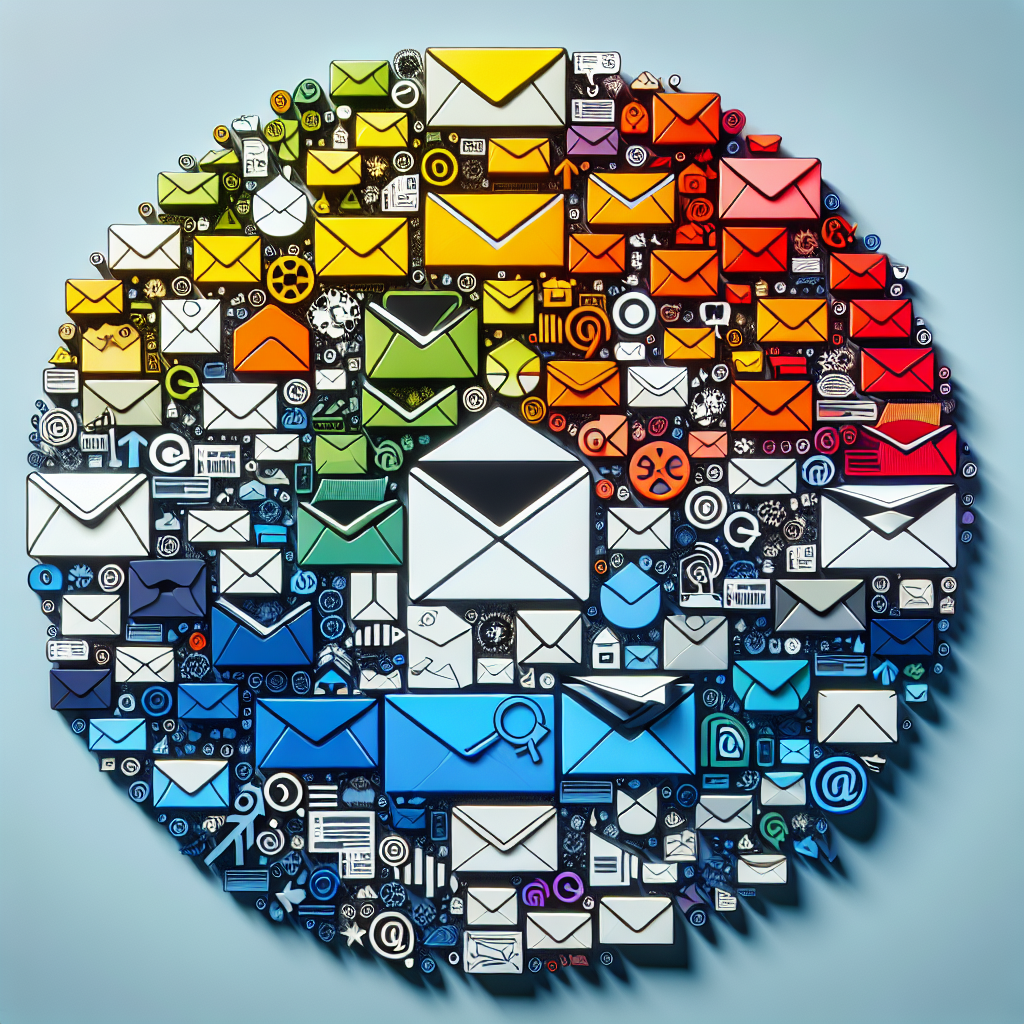In this article, you will discover an array of email marketing campaigns that are designed to captivate and engage your audience. Whether you’re aiming to increase sales, build brand awareness, or nurture customer relationships, email marketing offers a versatile platform to achieve your goals. From welcome emails that make a powerful first impression to re-engagement campaigns that reignite the spark, this article explores a range of strategies that will help you make the most of your email marketing efforts.
Promotional Email Campaigns
Discount or Sale Emails
Discount or sale emails are a popular strategy used by businesses to drive customer engagement and increase sales. These emails offer exclusive discounts or promotions on products or services to entice customers to make a purchase. By creating a sense of urgency with limited-time offers or limited stock availability, businesses can create a sense of excitement and encourage customers to take advantage of the discounted prices. These emails can be highly effective in capturing the attention of customers and driving them towards making a purchase.
New Product Announcement Emails
New product announcement emails are a great way for businesses to inform their customers about the latest offerings. Whether it’s a new product launch or an updated version of an existing product, these emails are designed to generate curiosity and excitement among customers. By highlighting the features and benefits of the new product, businesses can entice customers to explore the offering further. Including compelling visuals and clear call-to-action buttons in these emails can increase the likelihood of customer engagement and conversions.
Limited Time Offer Emails
Limited time offer emails are designed to create a sense of urgency and encourage immediate action from customers. By offering time-sensitive deals or promotions, businesses can motivate customers to take advantage of the offer before it expires. These emails often include a countdown timer or the mention of a specific deadline to create a sense of urgency. By leveraging the fear of missing out (FOMO), businesses can successfully drive conversions and boost sales through these time-limited offers.
Abandoned Cart Emails
Abandoned cart emails are an effective strategy to recover lost sales and turn potential customers into buyers. When a customer adds items to their cart but leaves the website without completing the purchase, businesses can send a series of targeted emails to remind them of the items they had selected. These emails can offer personalized incentives, such as discounts or free shipping, to encourage customers to complete their purchase. By addressing any concerns or barriers that may have caused the abandonment, businesses can increase the chances of recovering lost sales and improving overall conversion rates.

Newsletter Email Campaigns
Weekly or Monthly Newsletters
Weekly or monthly newsletters are a popular way for businesses to keep their audience informed about the latest updates, news, and promotions. These emails provide a regular dose of valuable content, including articles, blogs, or industry insights, that keep subscribers engaged and interested. By delivering consistent and relevant content, businesses can establish themselves as thought leaders in their industry and build a loyal subscriber base. Including visually appealing designs, engaging headlines, and easy-to-navigate layouts can enhance the overall reading experience and increase the likelihood of customer engagement.
Industry Updates Newsletters
Industry updates newsletters focus on delivering the latest news, trends, and developments in a specific industry. Businesses can use these emails to position themselves as experts and keep their subscribers informed about the latest happenings within their niche. By providing valuable insights and analysis, businesses can showcase their knowledge and expertise, building trust and credibility with their audience. Including relevant statistics, case studies, or success stories can further enhance the value of these newsletters, keeping subscribers engaged and eager for more.
Educational Newsletters
Educational newsletters are designed to provide subscribers with valuable information and knowledge on a specific topic or subject. These emails aim to educate and empower subscribers, offering tips, tutorials, or guides that help them solve a problem or learn something new. By positioning themselves as a trusted source of information, businesses can establish credibility and build a strong relationship with their audience. Including clear and concise content, visually appealing graphics, and actionable insights can enhance the effectiveness of these educational newsletters.
Curated Content Newsletters
Curated content newsletters are a convenient way for businesses to share relevant and interesting content from various sources, such as industry publications or influencers. These emails aim to provide subscribers with a curated selection of high-quality content that aligns with their interests or needs. By saving subscribers time and effort in searching for valuable content, businesses can position themselves as a reliable resource and build trust with their audience. Including brief summaries or snippets of the featured content, along with clickable links for further exploration, can enhance the user experience and increase engagement.

Welcome Email Campaigns
Thank You for Subscribing Emails
Thank you for subscribing emails are the first touchpoint with new subscribers and serve as a warm welcome to the business’s email list. These emails express gratitude for the subscriber’s interest and provide an opportunity for businesses to set the tone for future communication. By personalizing the email with the subscriber’s name and encouraging them to explore the business’s offerings, businesses can make a positive impression and foster a sense of connection with the new subscriber. Including a clear call-to-action, such as following the business on social media or downloading a free resource, can further engage the subscriber and encourage further interaction.
Onboarding Emails
Onboarding emails are crucial in guiding new customers through the initial steps of their journey with the business. These emails provide a step-by-step guide on how to get started, set up an account, or access relevant resources. By simplifying the onboarding process and addressing any potential hurdles, businesses can ensure a smooth and positive experience for their new customers. Including helpful tips, video tutorials, or FAQ sections can further assist new customers and increase their confidence in using the business’s products or services.
Introduction to Company or Product Emails
Introduction to company or product emails are an opportunity for businesses to introduce themselves and their offerings to new subscribers or customers. These emails provide an overview of the business’s mission, values, and key differentiators. By sharing compelling stories, customer testimonials, or case studies, businesses can create a strong connection with their audience and establish credibility. Including visually appealing graphics and clear messaging can capture the attention of new subscribers, leaving a lasting impression and setting the foundation for a successful customer relationship.
Personalized Welcome Emails
Personalized welcome emails are highly effective in creating a tailored experience for new subscribers or customers. By using data such as the subscriber’s name, preferences, or past interactions, businesses can create individualized messages that resonate with the recipient. These emails can include personalized recommendations, exclusive offers, or relevant resources based on the subscriber’s interests or purchase history. By demonstrating a deep understanding of the subscriber’s needs and preferences, businesses can foster a sense of personal connection and increase the likelihood of engagement and loyalty.
